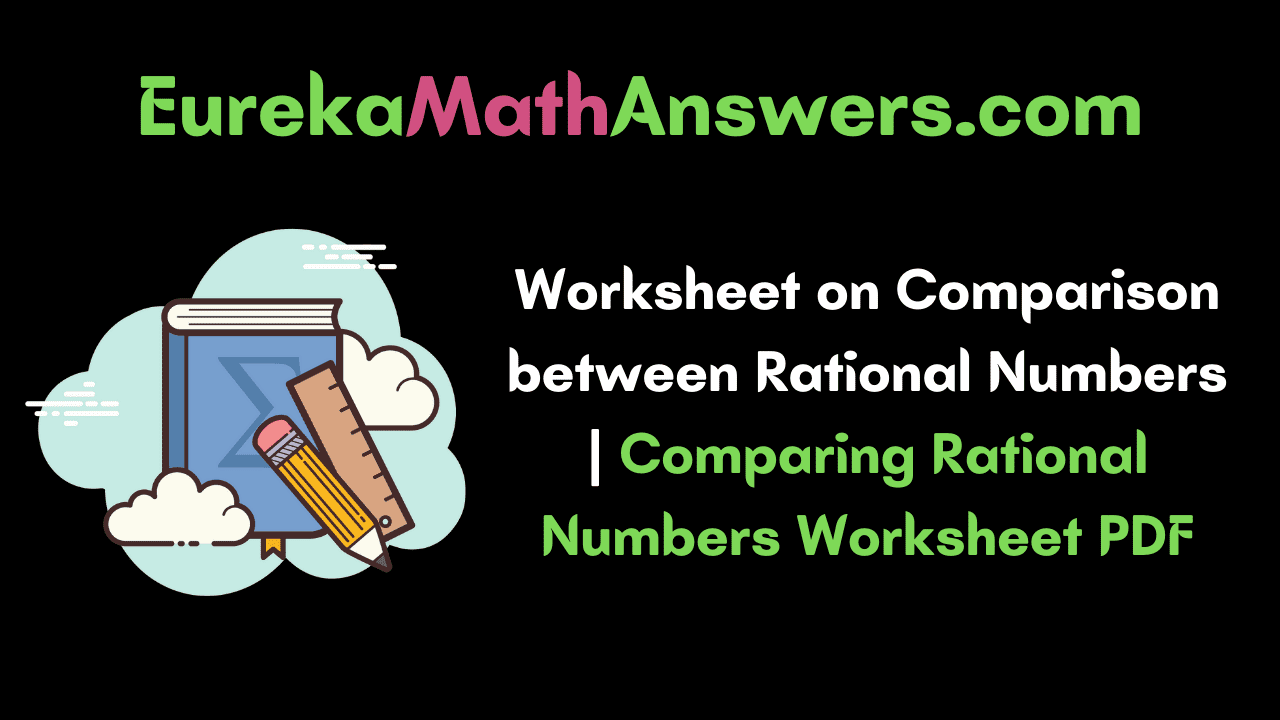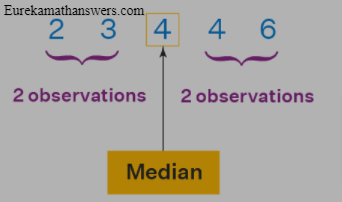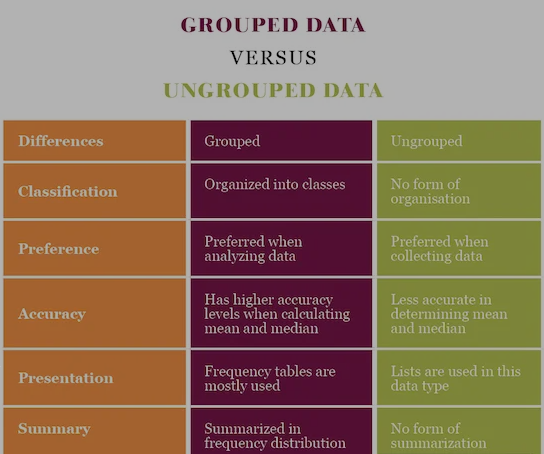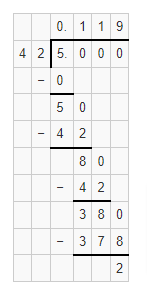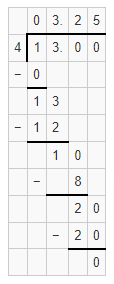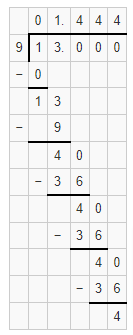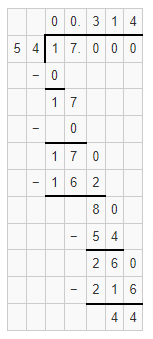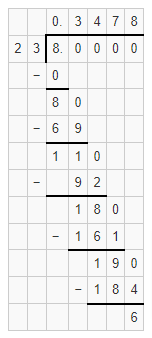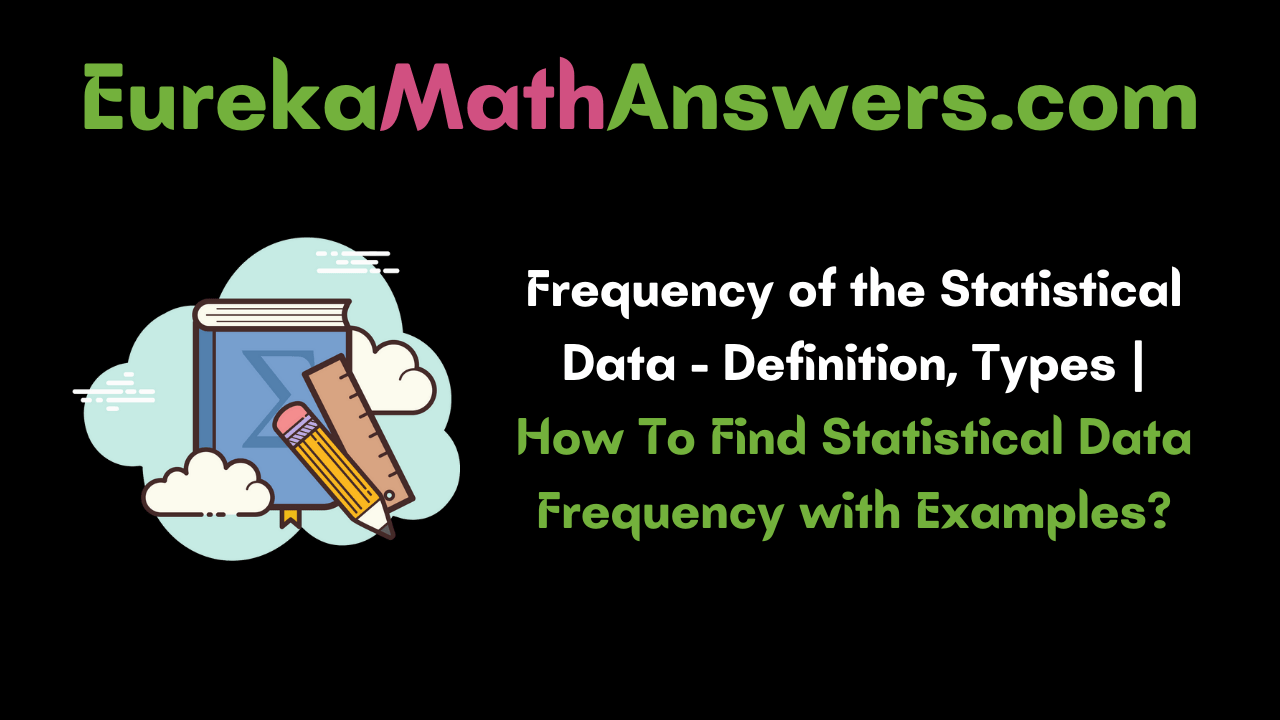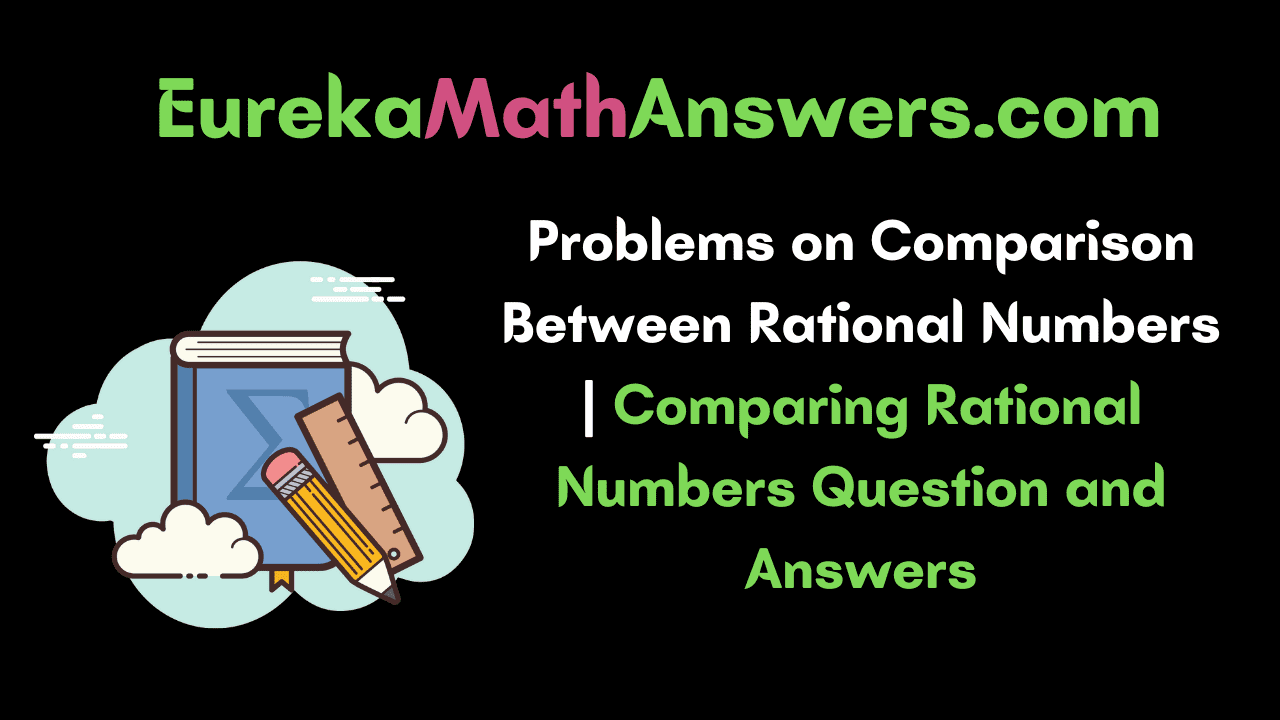The middle value of an ordered data set is called the median of ungrouped data. To find the median of raw data, you need to arrange the given data in ordered form (ascending or descending order) and then consider the middle number as a median. If you want to practice more Problems on Median of Ungrouped Data then go with this article. Here, we have listed some of the practice questions on calculating the median of raw data. Assess your knowledge gap by solving them on a daily basis and enhance your problem-solving & conceptual skills in the Statistics concepts.
Do Check:
Median of Ungrouped Data Word Problems with Solutions
Example 1:
Find the Median for an odd number of values: 12; 15; 56; 23; 48; 79; 5
Solution:
Step 1: Firstly, we have to sort the values in the data set from the smallest to the largest;
5, 12, 15, 23, 48, 56, 79
Step 2: Find the number in the middle to get the median of the data. Here median is the fourth positioned value of the data set ie., 23.
Hence, the median of these odd raw data is 23.
Example 2:
Find the median of the following data set: {3; 14; 10; 14; 15; 5; 3; 10; 12; 13}
Solution:
First, we have to order the data set: 3, 3, 5, 10, 10, 12, 13, 14, 14, 15
Since the given number of observations is 10 then the median lies between the fifth and sixth place:
Median = 10+12 / 2 = 22/2 = 11
Therefore, the median of the ungrouped data set is 11.
Example 3:
The median of observation 13, 15, 17, 19, x + 3, x + 5, 31, 33, 35, 41 arranged in ascending order is 25. Find the values of x.
Solution:
The given data is in ascending order.
The number of variants of the given data is 10
Median is the average of the 5th and 6th observations ie.,
[(x + 3) + (x + 5)]/2 = 25
2x+8/2 = 25
2x+8 = 50
2x= 42
x = 42/2
x = 21
Therefore, the value of x is 21.
Example 4:
The median of a set of 7 distinct observations is 18. If each of the largest 3 observations of the set is increased by 4, then what is the median of the new set?
Solution:
Given n = 7
Median = 18
Median term = [(n+1)/2]th term = [(7+1)/2]th term = 4th term
Given the largest 3 observations are increased by 4. Considering the median is the 4th term, there will be no change in it.
Hence, Remains the same as that of the original set.
Example 5:
The following data were obtained about the time that four students took for completing a running race. Find the Median of the racing time: 8.7hrs, 4.3hrs, 3.5hrs, 5.1hrs
Solution:
First, let us sort the data in ascending order: 3.5hr, 4.3hr, 5.1hr, 8.7hr
The number of observations on the data set is 4, which is even
So, we can find the median by taking the mean of two middlemost numbers.
Median = Mean of (4.3hr, 5.1hr)
= 4.3+5.1 / 2
= 9.4/2
= 4.7
Hence, the median race time is 4.7 hrs.
Example 6:
The test scores (out of 20 points) of 25 students in a Statistics class are 12, 15, 10, 9, 8, 6, 12, 13, 19, 20, 18, 14, 15, 6, 5, 10, 12, 15, 6, 7, 9, 13, 17, 18, 20 . Find the median of the test scores.
Solution:
Given Scores are 12, 15, 10, 9, 8, 6, 12, 13, 19, 20, 18, 14, 15, 6, 5, 10, 12, 15, 6, 7, 9, 13, 17, 18, 20
Let’s arrange it in ascending order: 5, 6, 6, 6, 7, 8, 9, 9, 10, 10, 12, 12, 12, 13, 13, 14, 15, 14, 17, 18, 18, 19, 19, 20, 20.
The number of observations are 25, which is odd
Median of the test scores = n+1/2
= 25+1/2
= 26/2
= 13th Observation
= 12.
Hence, the median of the test scores is 12.

